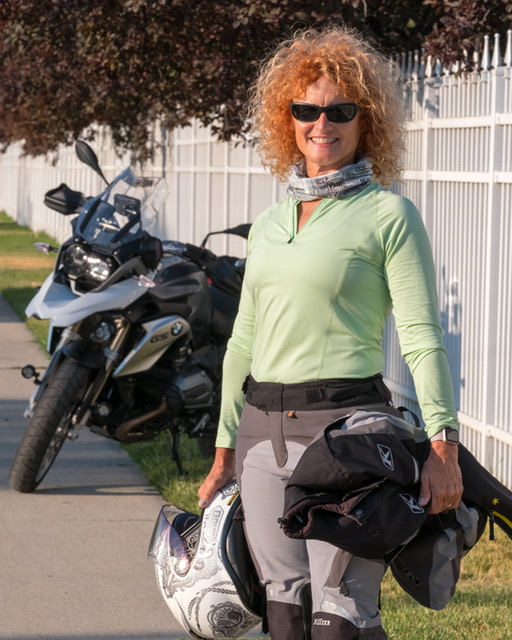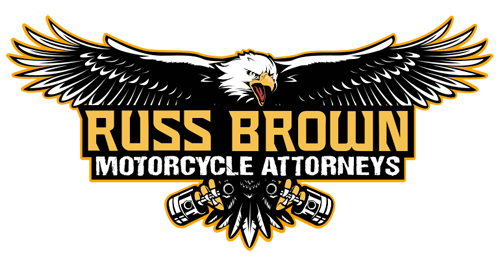Ask an Instructor: Body Posture and Bike Control

Ask an Instructor
A common question asked by new riders is, "Why is body position so important?"
Instructor Colleen Sepulveda tells us the answer:
Correct body posture can make every ride safer by allowing the rider to control the motorcycle more efficiently and effectively while maintaining stability and minimizing the risk of injury. Unlike running and walking, instinct doesn’t guide us how to sit on a motorcycle properly. We learn proper body posture through professional training or trial and error (ouch!). There are a lot of precise inputs required by a rider to control a motorcycle and this must all be accomplished while balancing a single-track vehicle that is moving. Improper body posture can easily lead to mistakes and fatigue. Let’s start from the top of our body and work our way down.
Keeping your head and eyes up will provide you with the most comprehensive view of your environment, allowing you to scan your path of travel for hazards. You can plan for road surface changes, traffic signal rotations or possible interactions with other roadway users with plenty of time to react if you are looking far enough ahead. Collisions happen in a split second---if you have more time to make a decision, you are less likely to panic and crash. Head and eyes up help you keep your single-track vehicle balanced and can prevent a crash at slow speeds or during stopping maneuvers. In addition, your posture will be less slouched on the bike and will increase your stamina while reducing fatigue.
Maintaining relaxed shoulders with bent elbows ensures that you have plenty of mobility and dexterity to efficiently steer your motorcycle. Riding with arms fully outstretched and little to no bend in the elbows limits the rider’s ability to push the handgrip forward for steering inputs. Bumps or irregularities on the road may cause unexpected (and unwanted) steering or throttle changes. With relaxed arms, you can feel feedback from the roadway surface without affecting steering or throttle and make better decisions about speed and lean angles. If evasive maneuvers are required to avoid a collision, relaxed arms provide maximum effectiveness for control inputs (braking, throttle control, steering). This may require you to sit closer to the tank for maximum access to the hand controls of the bike.
The safest position for your throttle hand is with your wrist equal to or lower than your knuckles. This way, you can maintain a relaxed grip on the throttle to achieve a smooth an even speed with little to no effort at all. Bumps and potholes are less likely to cause a dangerous or abrupt throttle change.
With your knees snug against the tank, you will feel more connected to the motorcycle. That means barely perceptible changes in balance and surface irregularities will be more obvious to you resulting in an enhanced ability to operate as a single unit with your bike. By lightly gripping the tank with your legs, you will also reduce the tendency to slide forward in the seat while braking and backward in the seat under acceleration. You will truly be one with the bike and thereby improve your balance and stability.
The final element of good body posture for maintaining your safety is foot placement. The foot pegs not only provide a place to rest our feet but they also protect our feet from contact with the road or other obstacles. Correct foot placement allows the rider to access the foot controls efficiently and effectively while keeping toes and heels from contacting the roadway surface during turns (leaning). This means placing the balls of your feet onto the foot pegs and moving your feet slightly forward to engage a foot control. Upon using the foot control, immediately move your foot back into position on the foot pegs.
Every time you ride your motorcycle, mindfully connect your body to your bike. Check for proper head and eye position, relax those shoulders, arms and hands, maintain close contact with your knees against the tank and keep the balls of your feet on the pegs. Make corrections as needed. Once the correct body posture becomes muscle memory, the motorcycle will be more stable and balanced, changes in direction and speed will become smoother, you’ll have more time to determine safe options for hazard avoidance and you will be less fatigued. The more you know, the better the ride becomes!
BIO: Colleen Sepulveda teaches at Cabrillo College in Aptos, CA and they offer Motorcycle Safety Training (beginner) and (at CC extension) TC IRC. Colleen also travels to other locations and teaches ARC I & II, plus trains instructors. She owns a 2016 BMW GX 1200 and a Yamaha XT 250. Her favorite place to ride is in Santa Cruz mountains. The reason? “It’s close (my backyard), there are lots of technical twisty roads with peeks of the ocean, redwoods are amazing, oak trees are gorgeous and it smells wonderful. Oh, and Alice’s Restaurant is there with tons of motorcycles and exotic cars to look at!” What she loves about teaching is, “I love helping the student find what they’re capable of and what their confident to do!"
*If you have a question for one of our instructors please send it to admin@totalcontroltraining.net. Thank you and we look forward to hearing from you!











